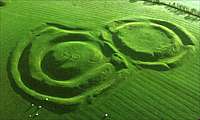
Last summer I connected with Tara in Ireland, a sacred site with monuments older than Stonehenge and the pyramids.
Previously, the only connotation I had for "Tara" was in "Gone with the Wind." Well, Scarlett's family was Irish, and the revered Irish place called Tara inspired the name of their plantation. Some say "tara" means a hill of great prospect and that you could see most of Ireland's counties atop it.
The Hill of Tara has profound history. It was the seat of prehistoric and historic Celtic kings. It's where St. Patrick went to confront pagans and their ancient religion.
 Before I even left the US on university business, while still in the Detroit airport, I fell in love with the Tara brooch (8th c.) pictured in my Dublin travel guide. It became my goal to see it in Dublin's National History Museum, which I did, in the room full of ancient brooches used to fasten cloaks closed. The tara brooch was discovered near the Hill of Tara, County Meath, in 1910.
Before I even left the US on university business, while still in the Detroit airport, I fell in love with the Tara brooch (8th c.) pictured in my Dublin travel guide. It became my goal to see it in Dublin's National History Museum, which I did, in the room full of ancient brooches used to fasten cloaks closed. The tara brooch was discovered near the Hill of Tara, County Meath, in 1910.Later that week on a day trip into the countryside around Dublin, I visited Tara. I saw the ancient stone monuments and the Mound of Hostages, a tomb dating to 2500 BC. But when I saw the yew trees in the churchyard, I felt I was meeting old friends.
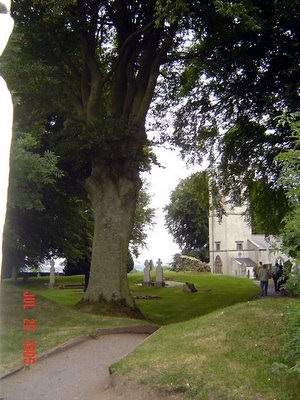 Yew trees are the oldest trees in the world. They're used in churchyards because they're thought to protect the dead, and they're associated with kings and power. I felt their power, more than anything in that amazing place. To be in the presence of a living thing hundreds and maybe thousands of years old! I remember my mom saying she was a tree worshipper, and I'm pretty sure I inherited that from her.
Yew trees are the oldest trees in the world. They're used in churchyards because they're thought to protect the dead, and they're associated with kings and power. I felt their power, more than anything in that amazing place. To be in the presence of a living thing hundreds and maybe thousands of years old! I remember my mom saying she was a tree worshipper, and I'm pretty sure I inherited that from her.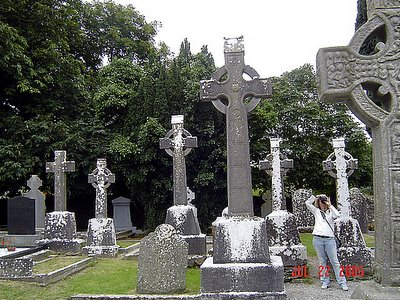
Many graves in Ireland are decorated with Celtic crosses, having a circle where the cross arms intersect. It is said that St. Patrick wanted to honor the Celts' pagan worship of the moon goddess and so incorporated the circle/moon into the symbol of the cross. I think that's pretty cool.
Don gave me this cross for Christmas.
Note: Since this post, I discovered that the trees were not yews, but beeches. I left a comment shortly after the post to make the correction, but all comments have disappeared from this and most posts this year. :(

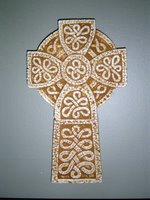



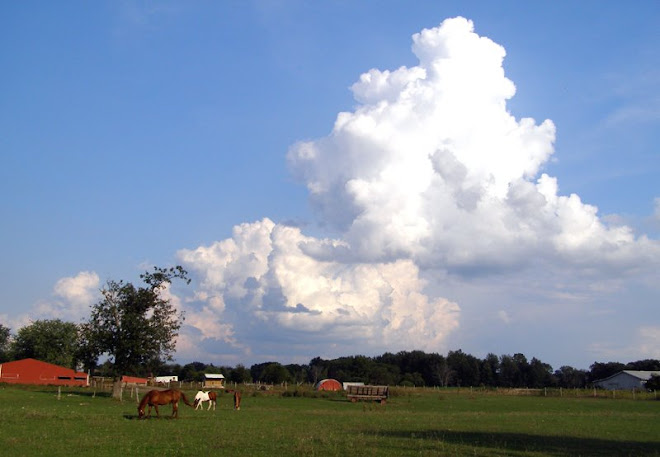
8 comments:
Your title reminded me of Nathan's query a few years ago regarding the "Red Room." Didn't he say something like that? Haunted or sacred? It makes me wonder about places and the things that happened there that perhaps give them eternal meaning. It sure seems like Tara is one of those places.
Your blogs are so full of mystery and intrigue! Thank you for letting us in on your secret places.
I totally agree with Don! I love how your mind (and heart!) connect all these things that are important to you.
Even with Tara/Gone With the Wind being an Atlanta thing, I learned something new about it's meaning. That's cool! Thanks.
I've never even heard of a yew tree! They're huge! And so beautiful -- thanks for sharing.
It's strange how yew trees send out roots/branches from up high and down into the ground. Looks weird! You can't see it in the photo.
don, i think those might have been the two words i chose, "huanted" and "sacred." or if not, words with those meanings.
in either case, a place where one's hair might stand up on one's neck. awesome (literally).
ruth, reaching back to my church history studies... i think the celtic cross was used as an evangelism tool for the pagans in the land. like, christians used it to help the pagans understand that what happened on the Cross is central to the entire goings-on of the universe, including the sun, moon, etc, because it was the center of God's whole plan and mind. so, if i remember correctly, it wasn't so much Patrick honoring the pagan beliefs, but perhaps more incorporating them into Christianity so it could be more easily understood.
Cool, Nathan. Thanks for the clarification.
I must say, though, that to incorporate the circle (sun, moon, whatever) into the cross DOES honor their beliefs. It's like saying, Here, let me show you another layer on top of what you already believe.
I wonder what St. Patrick would tell us were his actual thoughts. One version I read is that when looking at a carved Celtic symbol of the moon/sun, he drew a cross through the middle of it.
I saw Tara's brooch too in 1986 when I visited Ireland. My interests are both in Celtic and Chinese civilizations although I decided to choose a Chinese artist name and my website is related to Chinese civilization. There are a lot of common things between both cultures. The Chinese taiji is equivalent to the Celtic triskell and both symbols are very close (2 branches for taiji and 3 for triskell). Both use pentatonic scales, etc...
Mei Shile: Thank you for visiting. Sorry it took me a while to find your comment. I will visit your site, because the connections sound very interesting!
Post a Comment